Cellulose Blowers
Is there a source for non-pros who want to do their own dense packing?
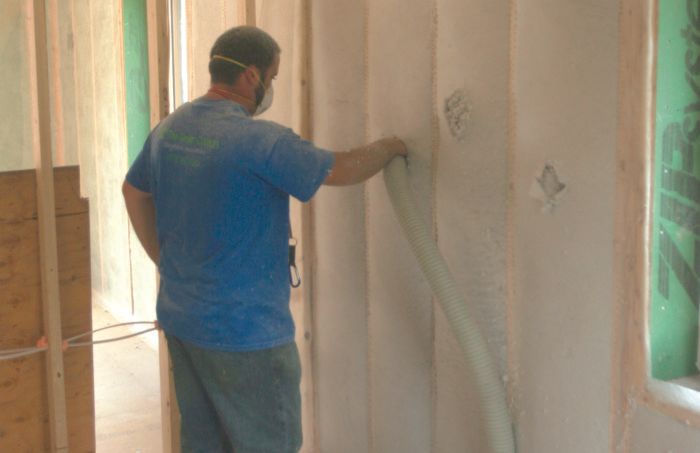
In a recent “FHB Podcast” discussion [editor’s note: See Podcast Episode 29 and Episode 23], cellulose was mentioned as an alternative to foam insulation. As an architect, I’ve had good results using dense-pack cellulose on projects I’ve designed. But I’m curious about whether or not there’s a DIY version. My understanding is that the blowers you can rent from the big-box stores don’t provide enough power to dense pack. Is there a source for non-pros who want to do their own dense packing?
— Matt Seidel, via email
The cellulose blowers that professional installers typically use for dense packing are powerful, large, unwieldy, and may require a dedicated power source (a large generator). That’s why it’s hard to rent one. That said, with patience and attention, it’s possible to use one of the less powerful rental blowers for dense packing. It’s a skill that takes practice, though.
To begin, adjust the slide gate on the blower so that it’s almost closed. This is to prevent the machine from bogging down. You’ll need a 4-ft.-long, 2-in.-dia. aluminum tube to deliver the cellulose. Insert the tube into a hole in your InsulWeb netting that’s about 4 ft. above the floor and in the center of the stud bay. Start in the lower corners of the bottom of the stud bay, and raise the tube slowly as the cellulose fills the bay. To ensure proper density, move the tube around from right to left as you raise it. You want the cellulose to pack so tight that the InsulWeb bellies out. (The bellies are later flattened with a special roller.) Once you reach the hole in the InsulWeb, move your tube to the top of the stud bay, and fill the rest of the bay in a similar fashion, from the top down.
If this process sounds tricky, that’s because it is. It’s best to learn the technique from an experienced installer. Here’s a caveat: Under the best circumstances, using this approach with a rental blower allows you to achieve a density of about 3.2 lb. per cu. ft., a somewhat lower density than the 3.5 lb. per cu. ft. that most dense-pack installations aim for.
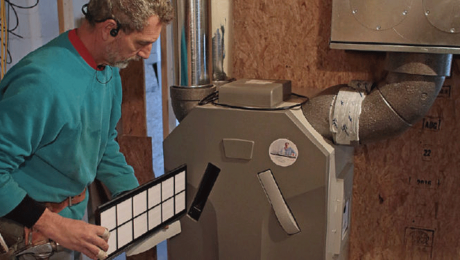
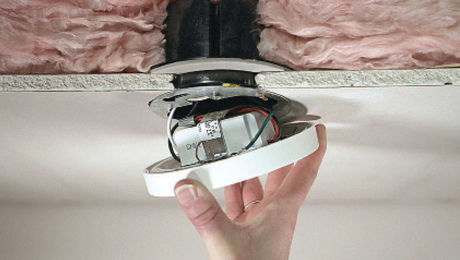
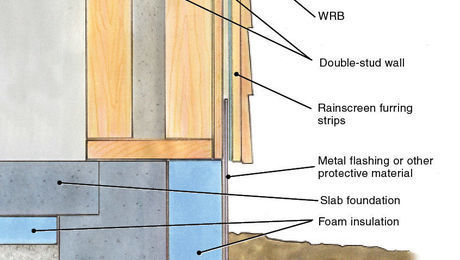
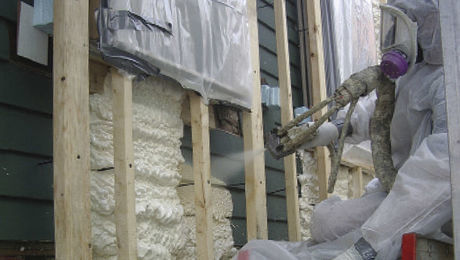













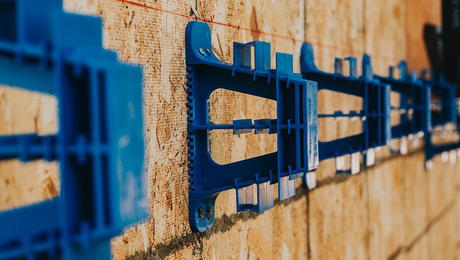

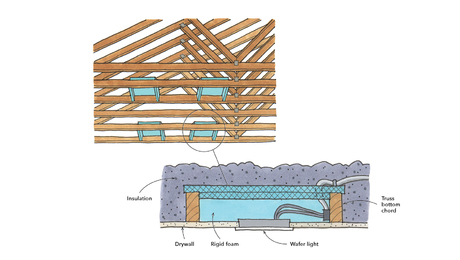










View Comments
I don't want to open the cellulose vs. fiberglass can of worms here, but did want to mention that a DIYer can blow fiberglass into wall cavities with the rental equipment found at the big blue and orange box stores. Owens-Corning lists an R-value of 3.8 and 4.4 per inch at 1.3 and 1.8 lb/cubic ft density, which is comparable to dense-pack cellulose, and the risk of settling is minimized with a blown-in fiberglass approach. At least where I live in Oklahoma City, the DIYer price for cellulose and fiberglass material is the same.